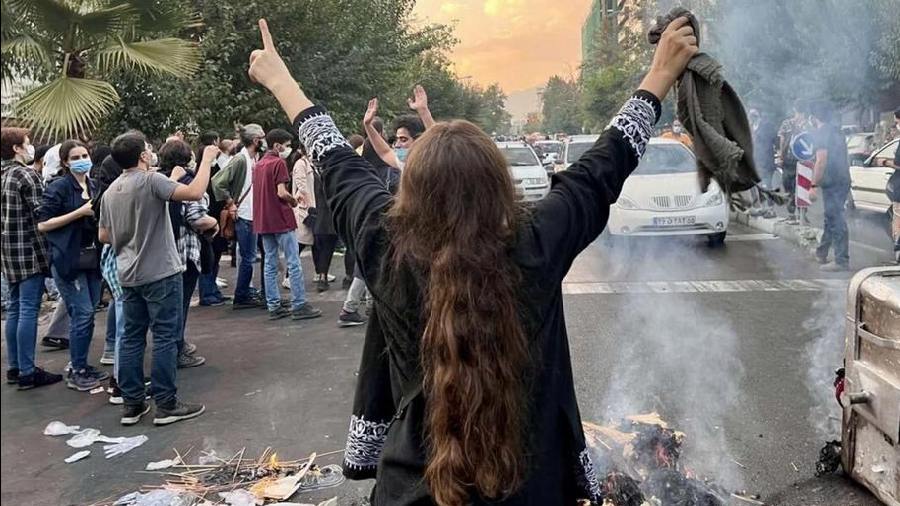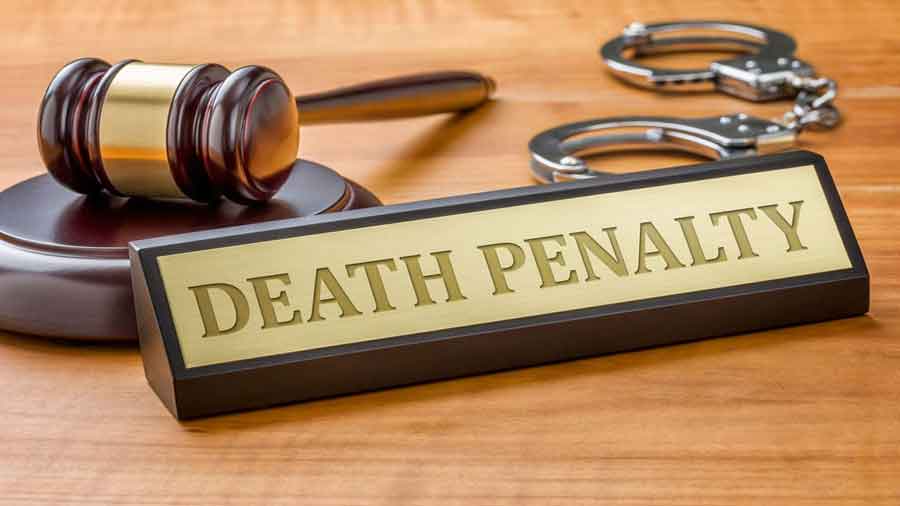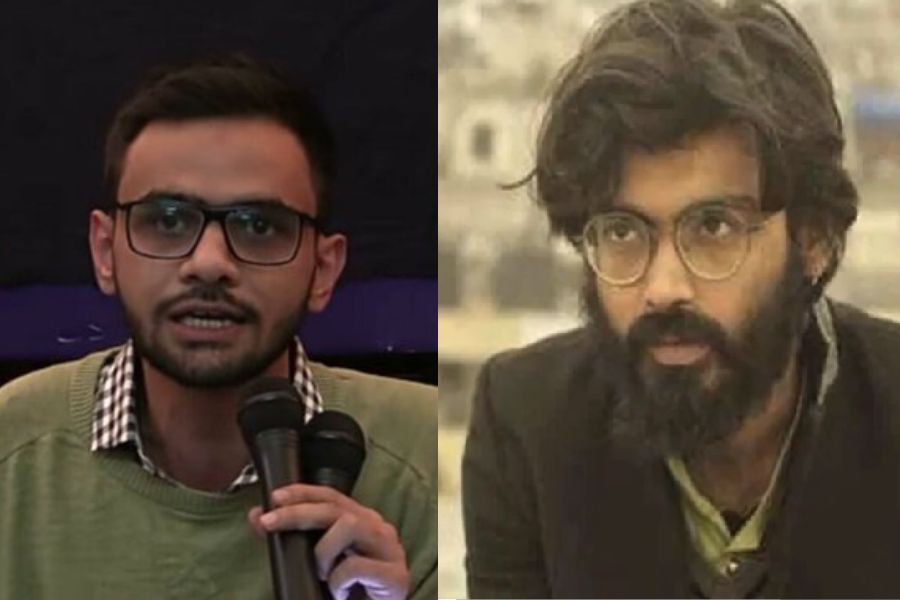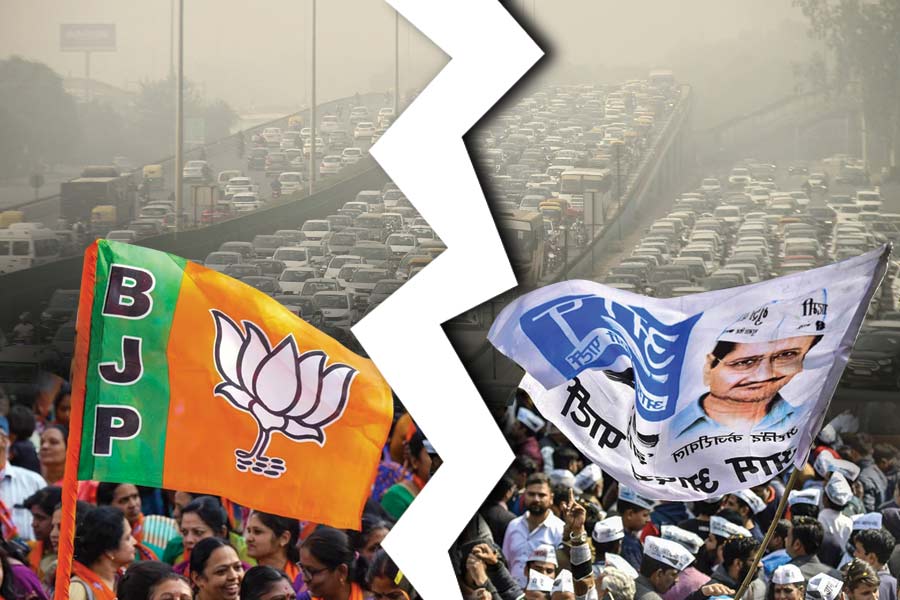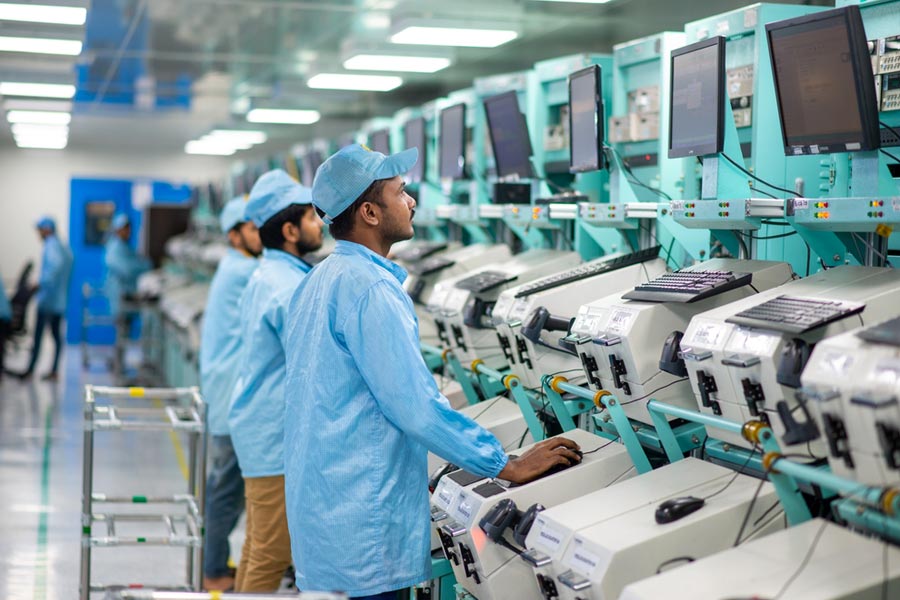In Iran, warnings are mounting that authorities are planning to totally cut off public access to the internet to prevent large demonstrations.
There have been numerous calls on internet forums for rallies from November 15 to 17, to commemorate the 2019 protests over a spike in fuel prices.
At that time, about 1,500 people were killed in nationwide protests in less than two weeks, according to human rights organizations. It was one of the bloodiest crackdowns by security forces in the history of the Islamic Republic.
The rallies to commemorate the 2019 protests will add to pressure on Iran's clerical regime, which has been struggling for weeks to put an end to the nationwide demonstrations triggered by the death of 22-year-old Kurdish woman Jina Mahsa Amini in the custody of the so-called morality police.
Since the unrest began in September, the rights activist HRANA news agency said 344 people have been killed, including 52 minors. An estimated 15,820 people have been arrested. It also reported that 40 members of Iranian security forces have been killed.
Iran's ongoing protests organized online
It's not just protesters — all the members of their families are at risk of arrest by security forces at any time.
Hassan Ronaghi, brother of imprisoned blogger Hossein Ronaghi, tweeted on Sunday evening that Hossein had been hospitalized.
"We don't know what condition he is in. We are afraid that the security forces will kidnap him and take him to an unknown place. Please come and stand around the hospital so they can't take Hossein," he wrote.
Shortly thereafter, numerous videos circulated online showing a crowd in front of the hospital and long traffic jams on the streets surrounding it. Security forces then reportedly tried to arrest Hassan Ronaghi. He tweeted later that he had hidden in a safe place.
"The case shows how quickly crowds can come together through an appeal on social networks," said Mahsa Alimardani, an internet researcher at the London-based organization ARTICLE 19, focusing on freedom of expression and access to information online in Iran.
During past protest waves, the regime cut off access to the internet entirely to prevent demonstrators from communicating with each other.
Iranian authorities are believed to possess better technical means this time around to disrupt the protesters' communication channels without having to cut off the internet.
"This time the protests are different than ever before," Alimardani told DW. "For more than 50 days, we've been getting videos and pictures of protests in various forms, on the streets, in schools and universities, from Iran. People are not intimidated and show their discontent. And more and more women are appearing in public without headscarves."
From social networks to the streets
Social networks also play an important role in making protest actions visible and getting demonstrators' messages out to the wider world.
Prominent Iranian actress Taraneh Alidoosti, for instance, posted a photo of herself without a headscarf on her Instagram account last week.
She has nearly 8 million followers on the platform. In the photo, she held a sign with the protest movement's slogan: "Woman. Life. Freedom." Two days later, she posted another photo of herself, also without a headscarf.
This time, however, it was not from her home, but together with her daughter in a bookstore. Many other well-known actresses have followed in her footsteps.
Further protests that began on social networks have also quickly spread to the streets. Meanwhile, many women are walking around without headscarves.
No end in sight to crackdown
Security forces have tried to stamp out the protest movement by applying brute force, which has resulted in the deaths of hundreds of people, including many minors, according to human rights groups.
On November 13, one protester was sentenced to death on the charges of arson and endangering national security. Five others were sentenced to prison terms of between five and 10 years, Iranian judicial authorities said Sunday.
Despite the clampdown, protests have continued in parts of the country, especially in Kurdistan province in western Iran.
"People are joining spontaneous strikes. These strikes don't just involve businesses. In many cases, students and employees are also not going to schools and offices," Kaveh Ghoreishi, a journalist, told DW.
"Kurdistan has its own protest culture that has evolved over the past decades. It has its roots in the history of struggles and resistance against the systematic oppression of the Kurdish population under the shah and also after the Islamic Revolution of 1979 under the current regime," Ghoreishi added.
"Kurdistan has seen the emergence of a vibrant civil society with political parties that are well organized," she said.
Images and videos of strikes and rallies in Kurdistan are spreading rapidly online, and activists say Iranians nationwide have been encouraged to continue resisting the regime.

